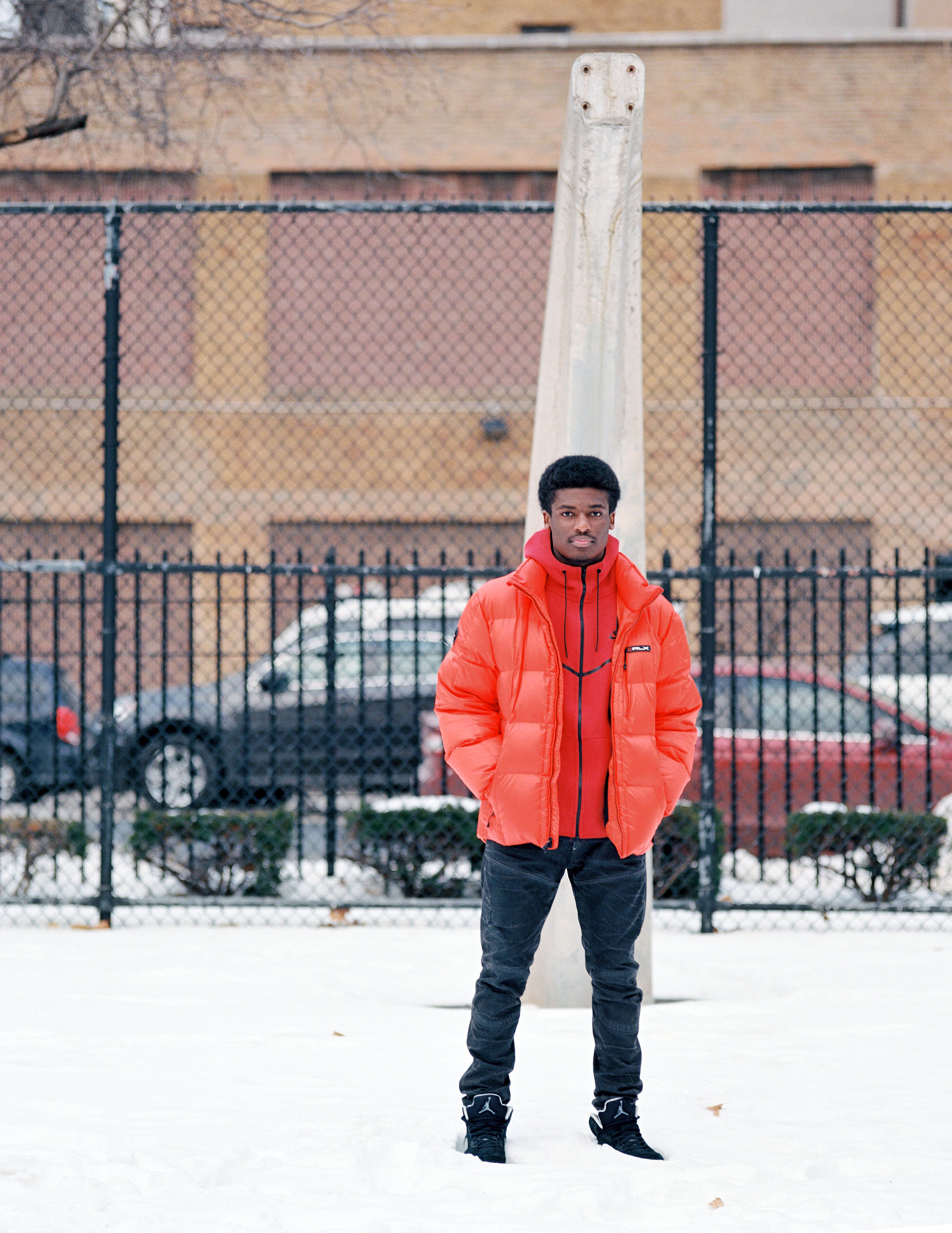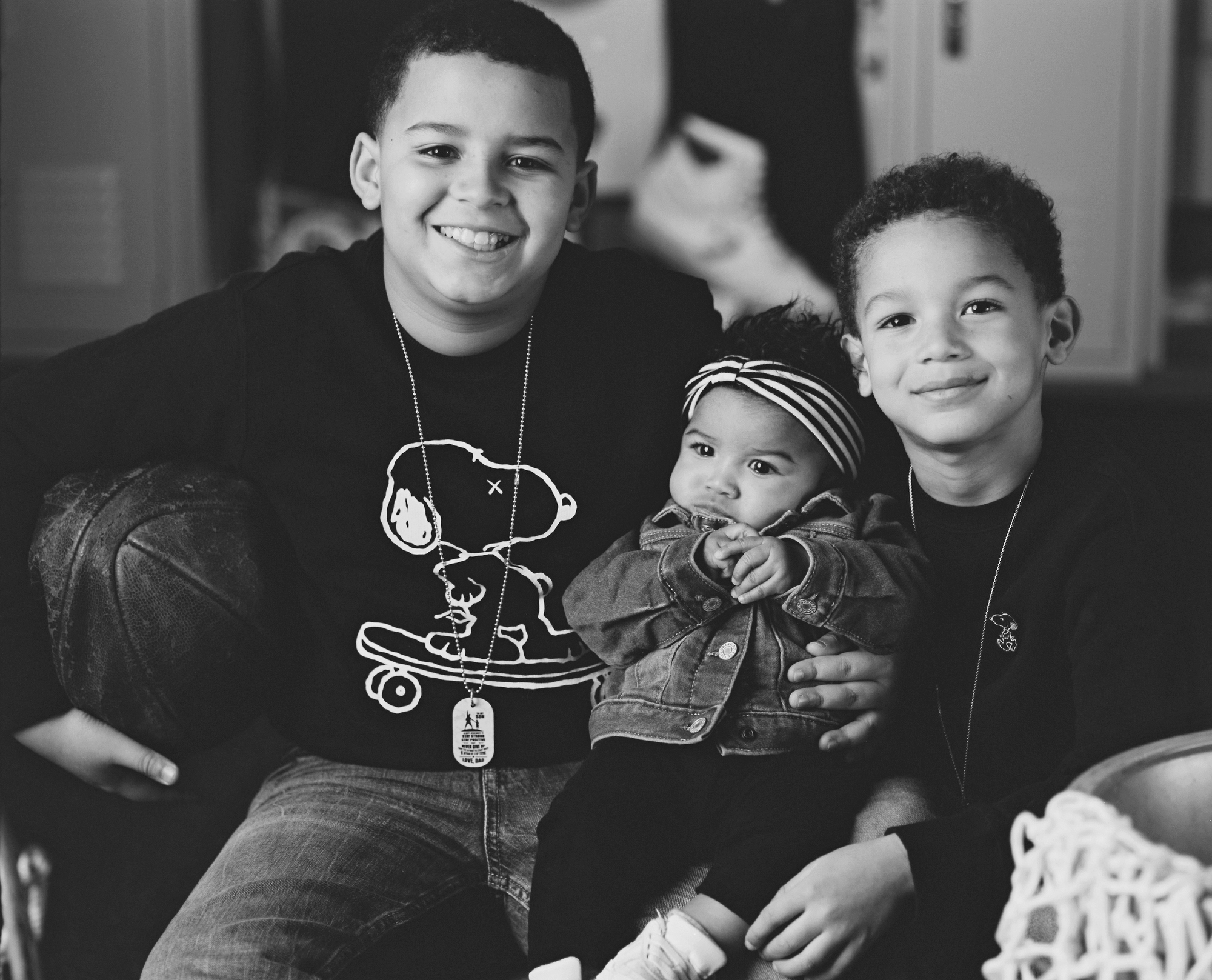I deliberately picked up a film camera again so that I could slow down. One common piece of advice I've heard many of the worlds greatest basketball coaches and players share with aspiring hoopers has been to slow down. The point of emphasis is on change of pace, knowing when to go full speed and when to slow things down in order to keep defenses guessing.
Slowing things down allows us to live in the present moment and appreciate life as it unfolds before us.
From behind the lens, the same advice applies. Switching things up helps sharpen the vision. For example, knowing that I have only ten frames on Kodak Tri-X film pushes me into a totally different mindset than walking around with a 32 gigabyte memory card in my camera. I'm more judicious and deliberate when choosing a subject. I'm more concerned with getting the composition precisely as I want it when I know I have only a few images to make. Shooting color film requires its own approach as well. One frame of mind lends itself to the other. In addition, slowing things down helps me to live in the moment and appreciate what is unfolding before me. Today it is easy to document every experience, but I often wonder if it's merely a documentation and not an experience at all if it is passing through the conduit that is our mobile devices.
Switching gears from freezing fast motion to learning about film failure reciprocity and choosing vastly unique subjects has helped shape my vision.
Another way I like to switch things up is by changing what appears in front of my lens. I enjoy stretching my imagination to make portraits of people, long exposures, and places that have meaning in my life for instance. In his 1973 book, Looking at Photographs, John Szarkowski explains, "A photographer's best work is, alas, generally done for himself."
The unknowns of shooting film, especially on a camera that does not have any automatic modes, forces me to slow down and rely on my light meter and make deliberate decisions on location about the message I am trying to convey. I have to go through a mental checklist to make sure I don't ruin the negative and ultimately the image because there is no screen for me to check and no way to know if I made a mistake until after the film is processed.
Before I was ever commissioned to photograph basketball, I spent countless hours on courts everywhere I could find with either my ball or my camera. I try to make as much time as possible to photograph for myself. The best case scenario is when commissioned work and personal work overlap. Even when they don't, in my experience, I have often been able to learn from both situations and apply the newly gained knowledge to my creative vision in general.
Thinking in tones requires a totally different mindset than thinking in colors.
Whether you're a photographer or not, I encourage you to take some time to slow things down. Appreciate what's in front of you. Live in the present moment. I try to practice this every day and I feel great progress as a consequence.





